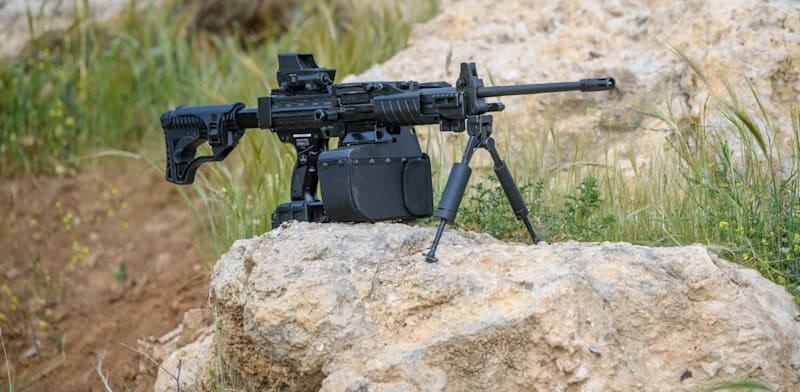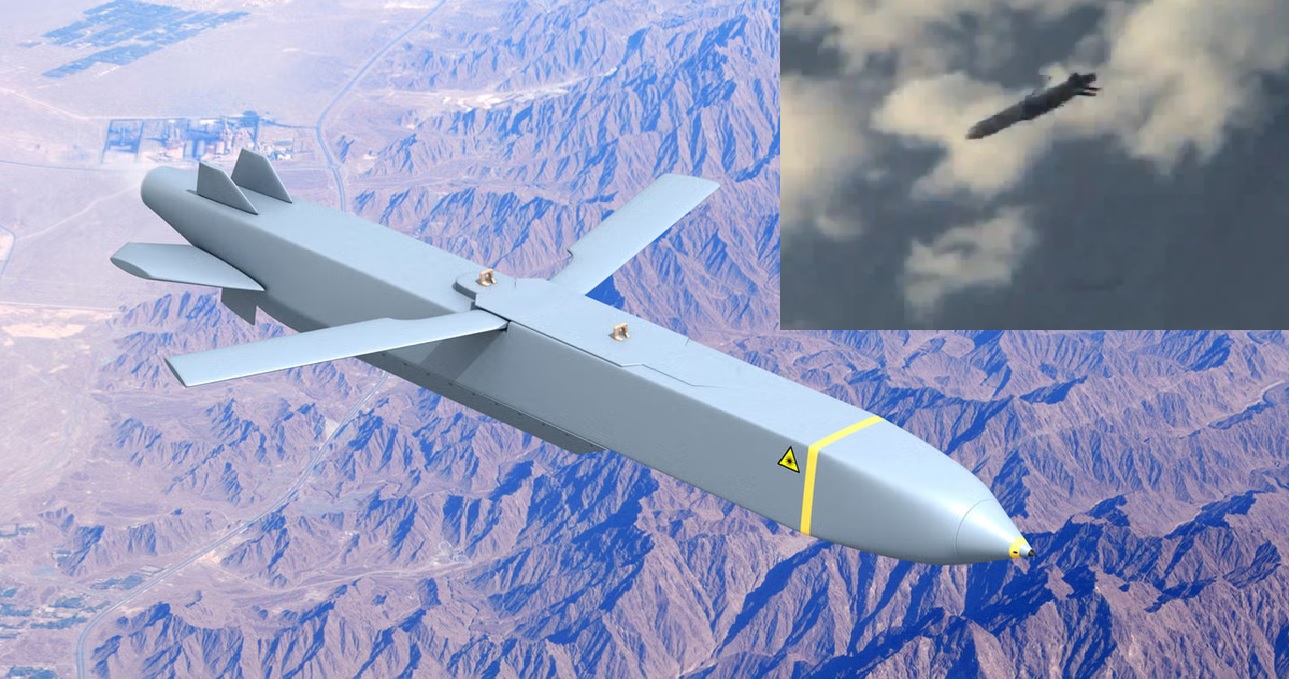Defence Minister Rajnath Singh to Commission "INS Tushil" Stealth Frigate in Russia This December

Defence Minister Rajnath Singh is set to visit Russia in early December to commission the INS Tushil, a state-of-the-art stealth frigate that marks a significant milestone in the modernization of the Indian Navy. This visit, initially planned for November, was rescheduled at Moscow's request, underlining the ongoing defence cooperation between India and Russia amid global challenges. The event symbolizes the strong military ties between the two nations as they navigate a complex geopolitical landscape.
The INS Tushil is the first of two advanced stealth frigates being built at the Yantar Shipyard in Kaliningrad, Russia. These vessels are part of a $2.5 billion contract signed in 2016 and finalized in 2018, a continuation of the successful collaboration between India and Russia on the Talwar-class frigates. This deal includes the construction of two ships in Russia and two at Goa Shipyard Limited (GSL) in India, with Russian technical assistance.
The INS Tushil, based on the Russian Krivak III-class design, is a more advanced version of the earlier Talwar-class frigates, which have long been a core part of the Indian Navy’s fleet. The upgraded frigates boast improved stealth features, making them harder to detect by enemy radar, and have enhanced sensors that allow for superior situational awareness. Additionally, these ships are equipped with sophisticated weaponry systems that significantly enhance their combat capabilities.
One of the most notable features of INS Tushil is its integration of BrahMos supersonic cruise missiles. These missiles, developed through an Indo-Russian joint venture, replace the older 3M-54E Klub-N anti-ship missiles previously used in Talwar-class vessels. The inclusion of BrahMos not only increases the offensive range and strike capabilities of the frigate but also cements India's position as a leading military power with access to cutting-edge technology.
While the construction of the frigates faced delays due to several factors—including the COVID-19 pandemic, payment issues between India and Russia, and the ongoing Russia-Ukraine conflict—the project has reached its final stages. Around 200 Indian Navy personnel are currently stationed in Russia to supervise the last phase of construction and conduct acceptance trials. These trials are expected to wrap up by mid-September, with the formal commissioning of INS Tushil scheduled for December. The second frigate, INS Tamal, is expected to follow by early next year.
The frigates will be powered by M90FR gas turbines, which India has procured from Ukraine. These engines, manufactured by the Ukrainian company Zorya-Mashproekt, highlight the intricate nature of international defence procurement, especially in light of the ongoing conflict between Russia and Ukraine. Despite these challenges, India remains committed to sourcing critical defence technologies that will strengthen its naval fleet.
During his visit, Rajnath Singh will also engage in broader discussions with his Russian counterpart to review the ongoing defence cooperation between the two countries. One of the key points of discussion is expected to be the timely delivery of critical defence systems, such as the S-400 missile systems, which have also seen delays due to the global political climate.
The commissioning of INS Tushil is more than just a milestone in India’s naval modernization—it symbolizes the enduring partnership between India and Russia in the field of defence technology, even as both countries navigate an increasingly complicated international arena. The addition of this advanced stealth frigate will undoubtedly enhance India’s maritime security and boost its naval strength in the region.


